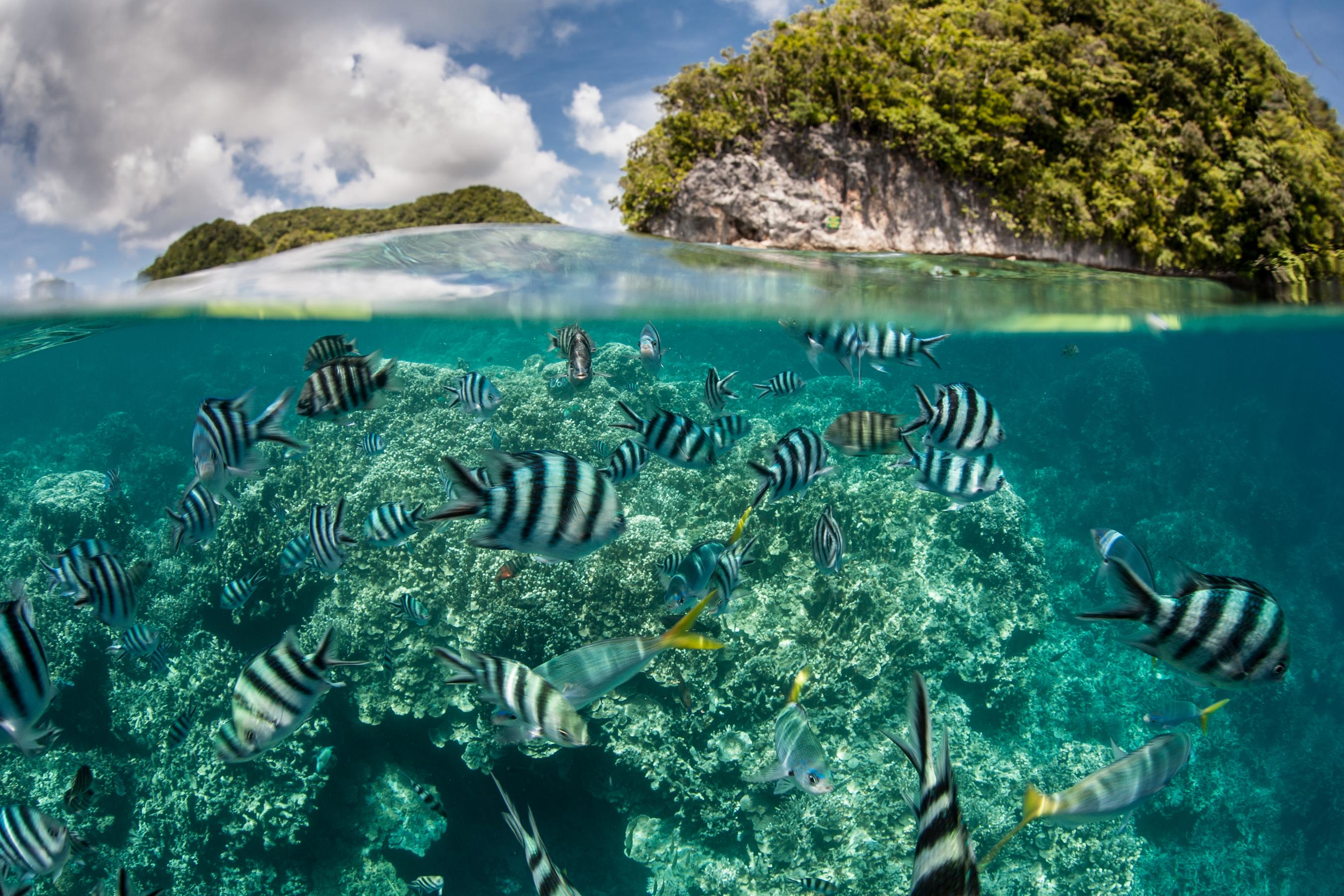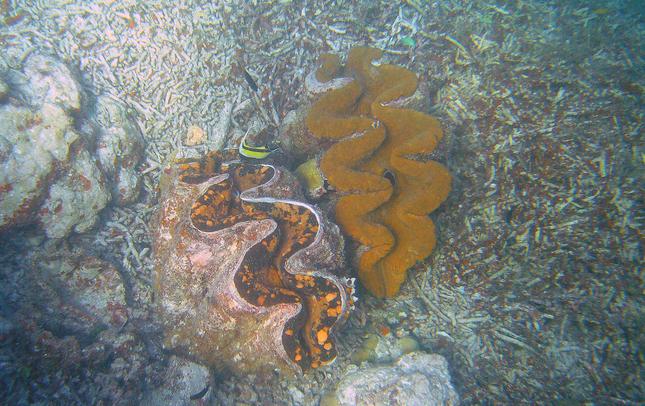
Building climate resilience and creating opportunities for the people of Palau
Palau, an island nation in the western Pacific, is nearly eight times the size of Manhattan but home to just 18,000 people.
Despite being one of the most geographically isolated countries on Earth, Palau is facing critical challenges including climate change, invasive species, poaching and changes in tuna migration patterns due to climate change — all affecting one of the country’s primary economic drivers, fishing.
Conservation International works in Palau to support the effective management of the Palau National Marine Sanctuary and Domestic Fishing Zone, and the establishment of a durable, sustainable Palauan-owned fishery.
2023
YEAR FOUNDED
475K
SQUARE KILOMETERS
The size of Palau’s National Marine Sanctuary (80% of the country’s EEZ)
8K
HECTARES
of seagrasses, coastal ecosystems that are highly efficient at sequestering climate-warming carbon
1.4K
SPECIES
of reef fishes, up to a quarter of the world’s total
Areas we work

A sustainable solution for Palau’s giant clams
Seven of the world’s nine-largest giant clam species are found in Palau, where these mammoth mollusks are revered as symbols of power and persistence, and traditional tools like adzes, fishhooks and gougers are made from their shells.
Ecologically, the giant clam is an ecosystem engineer that strengthens reef structures, bolstering habitat for reef fishes. Building on ages-old domestic conservation law that prohibits fishing during giant clam spawning periods, Conservation International-Palau aims to scale up the sustainable production and domestic harvest of giant clams.
In addition, the country’s vital “blue carbon” ecosystems — mangroves and seagrass habitats that sequester climate warming carbon — will be protected through grants and impact investments to diminish ecological pressure and diversify livelihood opportunities in support of Palau’s economic growth and increased food security.